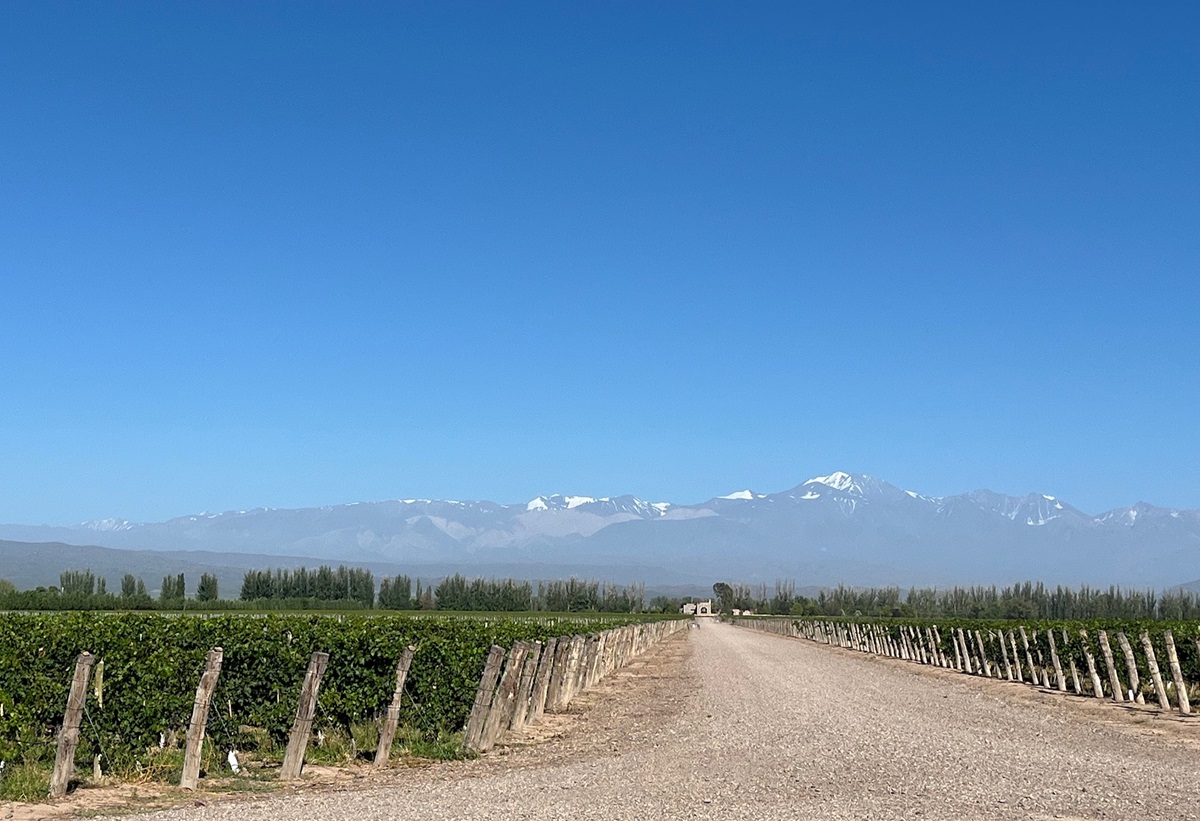LESSER KNOWN WHITE GRAPES
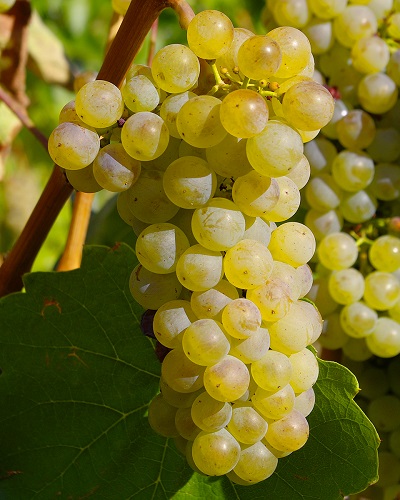
By Rose Murray Brown MW Published in The Scotsman 29 August 2020
From high Alpine vineyards to warm humid Greek islands – I have been scouring the world for lesser-known white grapes offering you a thrilling new taste to explore for summer drinking:
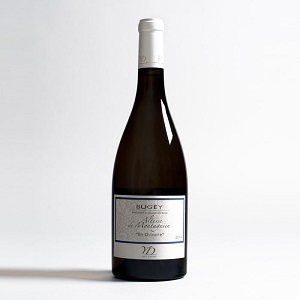 ALTESSE
ALTESSE
One of the most exciting French Alpine grapes, Altesse is often referred to as Roussette, its historical name. This highly prized grape is grown across Bugey, Savoie and Isere. The best examples I have enjoyed in southern Bugey are from the Montagnieu cru on the steep banks of the Rhone. Altesse de Montagnieu En Chinvre 2017 Yves Duport (12.5%) £15.50 L’Art du Vin is Duport’s single vineyard Roussette du Bugey. A charming rich full flavoured white with stone fruit flavours, honeyed beeswax notes and a delightful mountain freshness – an ideal match with rich textured seafood or Comte cheese.
GRINGET
A rare Alpine grape at risk of extinction – and in need of your support. Grown on high altitude glacial sediments in the foothills of Mont Blanc, its key admirer is Dominique Belluard in high Ayze village between Geneva and Chamonix in Haut-Savoie. According to Savoie expert Wink Lorch, this small-berried sensitive grape grows well on clay rich stony soils producing dry intensely flavoured minerally wines with bright crystalline fruits – like Les Alpes Belluard 2018 (12%) £33 Buon Vino; Les Caves; its vivid freshness will remind you of mountain rocks and streams.
JACQUERE
My go-to summer hammock wine is made from the Jacquere grape. Such attractive crisp zippy bone-dry aperitif styles with very moderate alcohol – thriving on steep rocky limestone slopes in Savoie where it is widely planted. Jacquere 2018 Famille Tiollier (11.5%) £12.25 Yapp Bros is from vines grown on limestone soils in Cruet in Savoie is light blossomy, refreshingly clean and dry – it tastes like a mountain Muscadet.
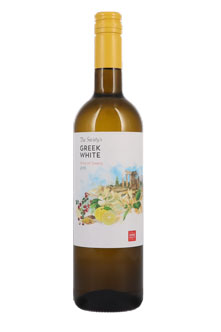 MOSCHOFILERO
MOSCHOFILERO
One of my favourite Greek grapes – making wonderfully spicy aromatic whites which smells a bit like Viognier with tighter sleeker palate – with the best examples from high altitude grown grapes in central Peloponnese and on Cephalonia island. One of the stars at The Wine Society’s new portfolio tasting recently was their great value The Society’s Greek White 2019 Semeli (12%) £8.95 The Wine Society. Apricot, blossom aromas with a tight grapefruit and honeyed palate. Semeli winery do make 100% single varietal Moschofileros, but this has 45% Roditis grape added to enhance structure.
MULLER THURGAU
Prolific Muller Thurgau is often derided as a lesser grape, but when made from 60 year old vines planted on very steep porphyry volcanic soils, cropped to very low yields and crafted by one of Germany’s most exciting young winemakers – it can be superb. Winemaker Tim Frohlich, based in up-and-coming Nahe valley south of the Rhine, makes one of the best examples I have tasted. He likes to harvest late with grapes picked in the cool of the night, with spontaneous fermentations – his wines are so pure, with such clarity. Frohlich Trocken 2018 Weingut Schafer-Frohlich (12.5%) £14 L’Art du Vin has fabulous snappy acidity, freshness and slightly spiritzy plate.
PETIT MANSENG
One of France’s best-kept secrets found in the little known Jurancon region in the foothills of the Pyrenees in southwest France – from an area that produces thrilling white wines. I was delighted to see Waitrose had introduced an own label Petit Manseng; you don’t often see the grape on its own in a dry version without its more prolific larger-berried cousin Gros Manseng. Petit Manseng 2018 (12.5%) £9.99 Waitrose grown on Jurancon’s poudingue stone-rich soils has floral notes, grapefruit and baked lemon notes with a dry zippy fresh lively palate. Petit Manseng is also popular in Uruguay – introduced by Basque colonists.
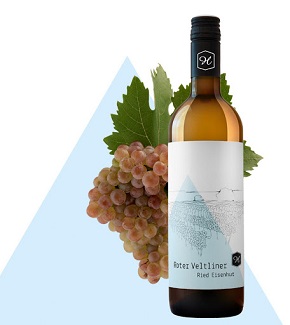 ROTER VELTLINER
ROTER VELTLINER
No relation of Gruner Veltliner, but it is related to Rotgipfler – another interesting Austrian variety. Roter Veltliner tends to be more complex with richer extract than the much wider-planted Gruner Veltliner – but it is tricky to grow being sensitive to fungal disease and frost; but it can tolerate drought better so we may see more of it in future. Ried Eisenhut Roter Veltliner 2018 Eschenhof Holzer (12.5%) £13.99 Luvians is exotic floral with honeyed textural palate and spicy undertones.
SYLVANER
Poor Sylvaner is often sidelined in Alsace, with vines uprooted to make way for more Riesling and Pinot Blanc – and those that are grown disappear into neutral Edelzwicker blends. What is needed for Sylvaner to shine is a good site, very low yields and picking at maximum ripeness. My favourite example is from talented biodynamic winemaker Andre Ostertag and his son Arthur. Sylvaner Vielles Vignes 2018 Domaine Andre Ostertag (12.5%) £19.95 Berry Bros & Rudd is a charming old vine example with limey palate, peppery notes and long finish. It is not a well-travelled grape across the New World, but it can make superb examples in Germany’s Franken region too.
TIMORASSO
This Italian grape from Piedmont’s Colli Tortonesi is so underrated. It produces distinctive rich powerful whites, but after phylloxera here it was largely replaced by easier-to-grow more prolific Cortese grape. Timorasso Derthona 2015 La Colombera (13.5%) £22.50 Raeburn Wines is made by the Seminos who plant this ancient grape on clay, give it extended skin contact and lees ageing – but no oak. The result is a rich creamy textured white with honey and acacia notes. Fans of minerally Loire Chenin Blanc would love this.
VIDIANO
This ancient indigenous Cretan grape was almost extinct at the end of C20, but now being revived by a new generation of passionate young producers. It makes such fresh vibrant aromatic whites considering the island’s warm humid climate. Often rich and dense, but never overripe or too alcoholic – at its best planted in cooler higher altitude plots. Vidiano 2018 Diamantakis (13%) £14 Woodwinters is a tank-fermented Vidiano with crunchy citric mango fruits, nutty undertones, glycerol texture and sweet-sour finish with vibrant acid keeping it fresh.
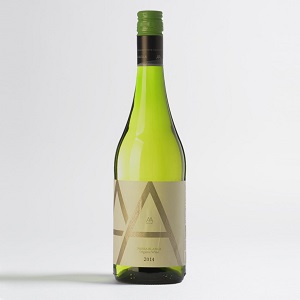 XARELLO
XARELLO
Best known as an important ingredient in Spain’s Cava fizz, adding structure and ageing potential to the blends. A local clone of Xarello, called Pansa Blanca, grown in Alella near Barcelona makes very interesting herby whites. Vines are grown as bushvines very close to the sea on special granitic sandy ‘saulo’ soil. Pansa Blanc 2018 Alta Alella (12%) £12.15 L’Art du Vin has rich herbaceous fennel character with apple and pear fruits, nutty with salinity and minerally finish.
Join Rose’s Hidden Gems of Spain virtual tastings Saturdays 17 & 24 October with L'Art du Vin – in the comfort of your own home www.rosemurraybrown.com
wine tastings
The perfect gift for the wine enthusiast in the family. Rose does In-person tastings too.
cellar advice
Rose does cellar valuations for private clients, valuations for insurers & bespoke portfolio management.
Related stories
March 31, 2024
By Rose Murray Brown MW Published in The Scotsman 30 March 2024 On 2 February 1659, the first wine made from grapes grown in South Africa was crafted by the Governor of the Cape, Jan van Riebeeck. He had planted vines four years earlier in the Company’s Garden near Cape Town from cuttings imported from France. Van Riebeeck’s first
March 24, 2024
By Rose Murray Brown MW Published in The Scotsman 16 March 2024 Heatwaves and bushfires were very much on the agenda when I visited Chile last month as winemakers prepared for their 2024 harvest in blistering heat and drought, with a plume of smoke from the devastating fires lingering over coastal hills. Heat and drought are the greatest challenges
March 23, 2024
By Rose Murray Brown MW Published in The Scotsman 9 March 2024 I have two glasses of Malbec in my hands from the same high-altitude vineyard in Uco valley in Argentina. I am in the Catena Institute of Wine in Mendoza with winemaker Agustin Silva. He has asked me to taste the two wines, both from the 1500m high



